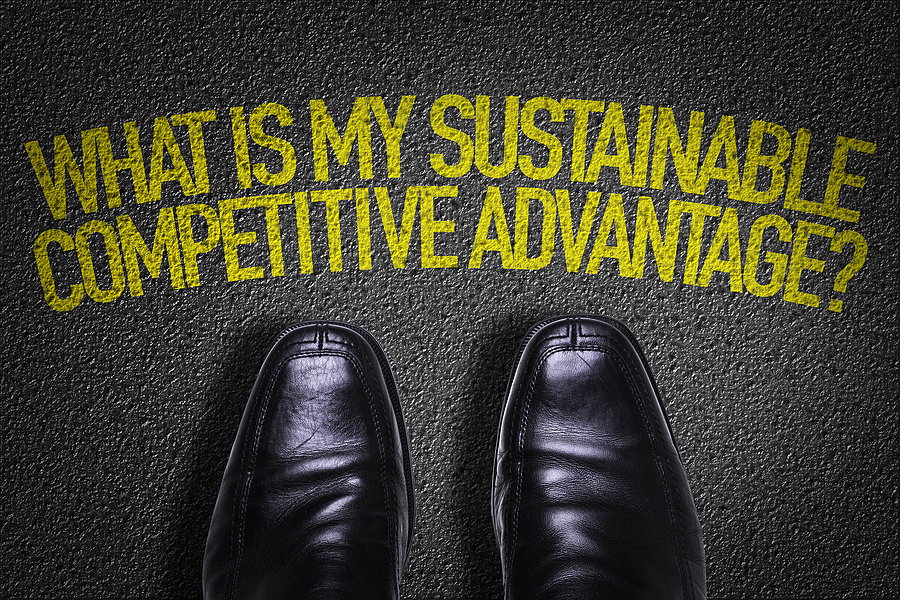
Your Customer’s Path to Purchase is Changing – Are You?
December 12th, 2023 Posted by Emergent Behavioral psychology, brand advocacy, Brand Beliefs, Brand differentiation, brand strategy, storytelling 0 comments on “Your Customer’s Path to Purchase is Changing – Are You?”Now more than ever, brand storytelling is the link to engagement
It is our mission at Emergent to continuously study the evolving dynamics of influence on the consumer journey to purchase. No surprise, we are doing business in revolutionary times. To wit, advances in AI technology will permanently alter the future of brand communication and how consumers operate when buying. Meantime, another behavior shift has arrived ahead of the trust challenges AI will inevitably create. Below we bring you the details.
Since the dawn of modern retail shopping, people have invariably looked for guidance from trusted sources as they seek to make what they believe to be less risky purchase decisions (people always work to avoid a bad decision/experience).
Below are two more recent areas of influence on consumer behavior. Then ahead we see a third pathway that is currently dialing up.
- 10 years ago, we started looking to credible third parties
We trusted those perceived to be credentialed experts from academic, scientific and reputational influence backgrounds who brought their educated assessment of what constitutes the state of the art in any given category.
2. Five years ago, this evolved to a focus on belief in peers
With digital apps came crowd sourcing and social community “proof” at our fingertips. We experience this through sites such as Facebook, Yelp, TripAdvisors, Goodreads, TikTok, LinkedIn and Instagram that aggregate the views and experiences of our peers. We trust fellow citizens to verify and validate the assertions and claims made by brands.
3. Next, public trust failures have led consumers to turn inward for guidance
We are on the cusp of another evolution in buying behavior. People are looking inside themselves – relying on their intuition, inner wisdom and ‘gut feel’ about brands and businesses. This felt-to-be-true knowledge springs from an implicit understanding that originates in the subconscious. In essence, consumers land on a sense of what feels right to them. They trust these feelings to provide guidance and confidence for their decisions. Pundits in the brand strategy world are referring to this new school of thinking as Noetic Intelligence.
What does this mean for brands when consumers turn to intuition for trusted guidance? Your response should be to refocus on what people are feeling in the presence of your brand. Translating that into best practices means dialing up stories that amplify values, beliefs, deeper meaning and emotion to hit the right subliminal chords.
Storytelling is the most potent, engaging, strategically-differentiating form of communication available to businesses and brands.
By definition, this is a unique and more emotive approach focused on a different and more lifestyle relevant set of topics than pushing product features, benefits or reciting factoids and reports to support a new technology or innovation achievement. Specifically:
- What is your brand higher purpose?
- What do you believe in?
- What is your opinion on substantive issues impacting the world around us?
- How are you enabling a path for consumers to act upon their beliefs and values?
- What lies within the heart and soul of your brand’s value system?
Stories help people get involved with your brand and don’t present themselves like overt selling. Instead, storytelling cultivates interest and engagement, fueled by an increasingly easy ability to publish and distribute through social channels and other content platforms as narratives, videos and podcasts.
Stories can help build an emotional connection between brands and users, by enabling the humanization of brand conversations. This is how you secure rapt consumer attention.
- When I started in this business, we often bemoaned the challenges of controlling messages and lamented that our outreach existed only within media platforms owned and managed by third parties. Today brands can operate independently as publishers AND media channels. Yet some brands are hesitant to fully leverage this incredible controlled messaging capability to greatest effect.
All too often, brands remain tethered to product presentations rather than the context and belief afforded by stories. A pet food brand can self-promote its ingredient quality, nutritional philosophy, commitment to ethical sourcing and the like. Or the brand can bring forward stories of transformational change and impact their diets have on beloved pets whose lives were improved through better nutrition and the wellbeing that bestows. This blends with and imprints the positive lifestyle associations people desire with their furry family members.
Which is more compelling? The story of how a pet’s life has transformed from consuming a new diet. Or waxing on about nutritional panel ingredient integrity and high sourcing standards? It’s going to be the first approach every time. Human beings love stories. So why don’t we see more of it more often in marketing?
During the persuasion era of brand marketing, interruption-style media was deployed to circulate product feature communication constructed around entertainment or humor to bait the attention of its intended audience. Some of this marketing manipulation thinking still lingers today, despite our knowing consumers have the ability to avoid nearly all of it.
The story telling era has emerged to replace interruption and manipulation
Some of best examples of powerful storytelling can be found in books and movies that deftly use conflict, tension, struggle, and lead character redemption, ultimately leading to a favorable outcome as a blueprint for successful engagement. Yet many brands struggle with storytelling because it’s not a direct product hard sell. As if hard selling will continue as a bankable path to consumer engagement anyway?
Brand storytelling is at its most dynamic state when integrating:
Culture –
Culture governs shifts in preference, social relevance, priorities, meaning and even language. It is influential to behavior and so should be respected as a conditioning and context agent for brand stories.
Psychology –
Neuroscience proves how we work incessantly to avoid perceived risks. Our subconscious is the ruler over decisions and actions and so we use archetype development to help inform the tone, manner and character of brand messaging that resonates.
Emotion –
Humans are feeling creatures who think. We are not analytical, fact-driven decision-making machines. Emotion sits at the front door of how we behave and influences our opinions and judgments. It is fundamental to our actions and the decisions we make. It’s the emotional grist which makes the communication memorable by the way.
Today this approach manifests in a refined set of outbound tools including:
Content streams
Social communities
Installations and pop-ups
Real world and retail experiences
If you want to know more, ask questions or discuss Noetic Intelligence and its application to your business, use this link and let’s talk.
Looking for more food for thought? Subscribe to the Emerging Trends Report.
Bob Wheatley is the CEO of Chicago-based Emergent, The Healthy Living Agency. Traditional brand marketing often sidesteps more human qualities that can help consumers form an emotional bond. Yet brands yearn for authentic engagement, trust and a lasting relationship with their customers. Emergent helps brands erase ineffective self-promotion and replace it with clarity, honesty and deeper meaning in their customer relationships and communication. For more information, contact [email protected] and follow on Twitter @BobWheatley.




